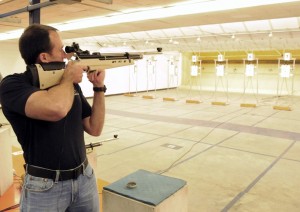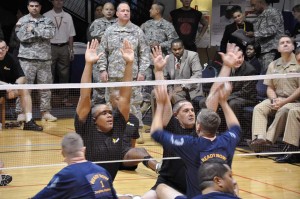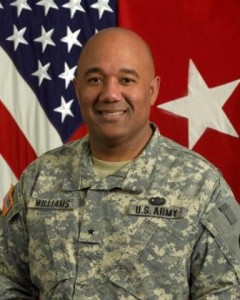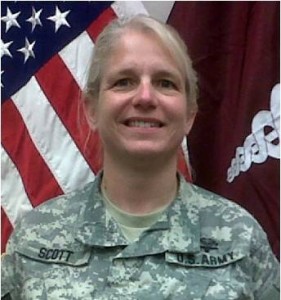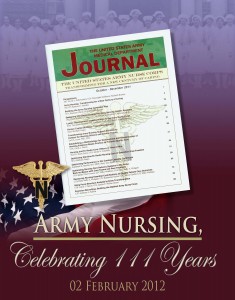 By Jim Wenzel, WTC STRATCOM
By Jim Wenzel, WTC STRATCOM
“Embrace the Past – Engage the Present – Envision the Future”
The history of the Army Nurse Corps began in 1899 when the Surgeon General used lessons learned from the Spanish-American War to articulate the need for a reserve force of Army nurses to meet wartime shortages.
Since that time, Army nurses have been serving the nation’s Soldiers on battlefields across the world. They have endured the same hardships and dangers as our Soldiers on the front lines and earned the deep respect, gratitude, and trust of the American people.
As our Soldiers stand on point for our nation, defending freedom across the globe, they can rest assured that the Army Nurse Corps will continue to selflessly tend to our wounded, ill, and injured Soldiers both on and off the battlefield. As the Army transforms to meet the requirements of today’s battlefields, Army nurses will continue to consistently provide the quality of care our Soldiers expect and deserve.
“In her keynote address at the MHS conference, LTG Horoho asked that all healthcare professionals focus beyond patient visits and focus on improving health.” said COL Suzanne Scott, WTC Command Nurse, speaking on the role of nurses in the WTU triad of care. “Nurse case managers in our WTUs do just that. We are there to help guide our Soldiers and their families through the transition process so that they can effectively move from point of illness or injury back to health and even greater; self determination.”
Scott continued, “Nurse case managers are at the forefront of influencing patient lives. Today is a great day to celebrate both our accomplishments and our goals for the future. The words of the 1944 Nurse Corps Song written by Private HY Zaret still rings true today for nursing and for case management:
‘We march along with faith undaunted,
Beside our gallant fighting men.
Whenever they are sick or wounded,
We march them back to health again.
As long as healing hands are wanted,
You’ll find the nurses of the Corps.
On ship or plane, on transport train,
At home or on a far off shore;
With loyal heart we do our part,
For the Army and the Army Nurse Corps.’
The Army Nurse Corps continues to care for the thousands of Soldiers recovering at Warrior Transition Units (WTUs) throughout the Army, and the Warrior Transition Command commends their tireless efforts to help them heal.

